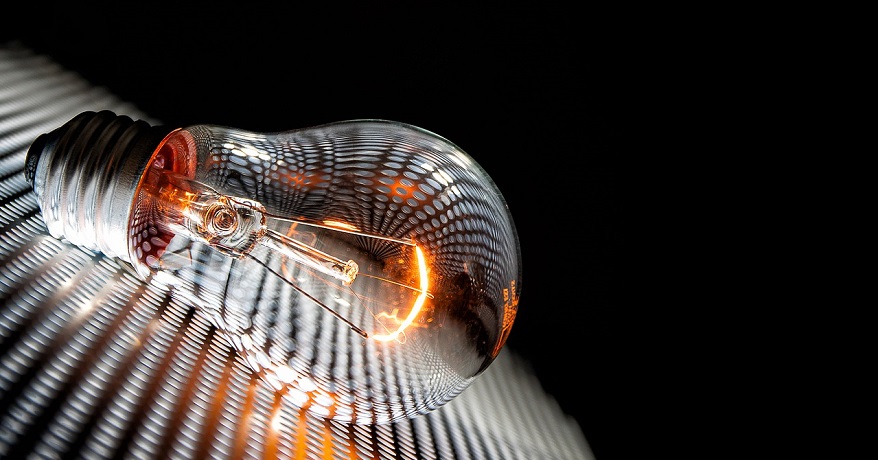Cummins to open German fuel cell factory in 2021
ENGINE manufacturer Cummins, United States, has announced that it will open a new hydrogen fuel cell systems factory in Herten, Germany, in July 2021.
The new site, which will be operated through the Cummins-Hydrogenics subsidiary, will include facilities for both manufacturing and research and development, including four testing stations. The factory will also be expanded to support fuel cell stack refurbishment as demand for aftercare rises.
The new site will initially focus on the assembly of fuel cell systems for Alstom’s Coradia iLint hydrogen-powered trains. The facility is expected to produce an estimated 1MW of fuel cell systems per month, up to a production capacity of 10MW annually, and will also provide aftercare support for the systems.
The fuel cells will include six power modules, a cooling system, piping, air blowers and air filters.
Cummins says the new Herten site will strengthen its presence in the European hydrogen industry and will complement existing alternative power facilities in Germany, Britain and Belgium.
Germany has been an early supporter of hydrogen rail technology, with the federal government funding development of the Coradia iLint as part of the National Innovation Programme for Hydrogen and Fuel Cell Technology. States including Hesse and Lower Saxonyhave also announced plans to introduce hydrogen-powered services from 2022.
“This facility will better position us to provide critical support to customers in Europe and strategically strengthen our position to be a leader in shaping tomorrow’s hydrogen economy,” says Ms Amy Davis, president of new power at Cummins.
'Fuel Cell' 카테고리의 다른 글
| 파나시아 ‘LNG 수소추출기’ 개발 (0) | 2020.11.22 |
|---|---|
| 수소차 연료전지 소재 경쟁 불붙었다…코오롱인더, 분리막 양산 돌입 (0) | 2020.11.20 |
| Bloom Energy and SK E&C announce 28 MW Korean fuel cell technology deployment (0) | 2020.11.19 |
| Nikola, GM stock prices spike on anticipation of partnership news (0) | 2020.11.19 |
| 「地球に優しい選択肢」水素燃料テクノロジー進歩の最前線~鉄道、飛行機、建設でも (0) | 2020.11.16 |




